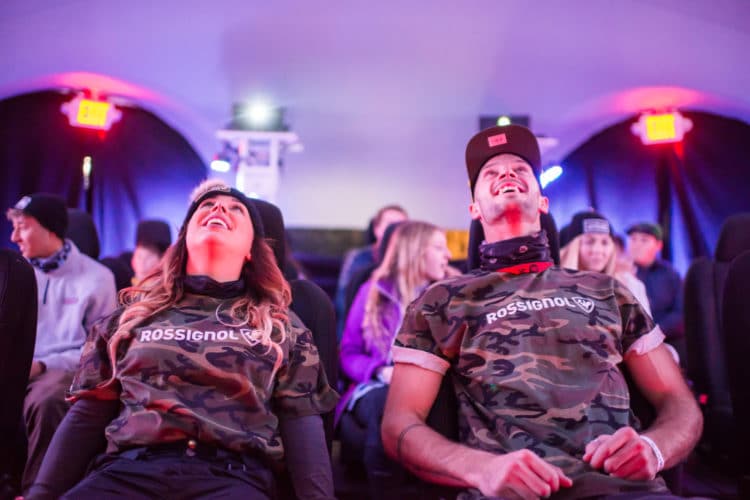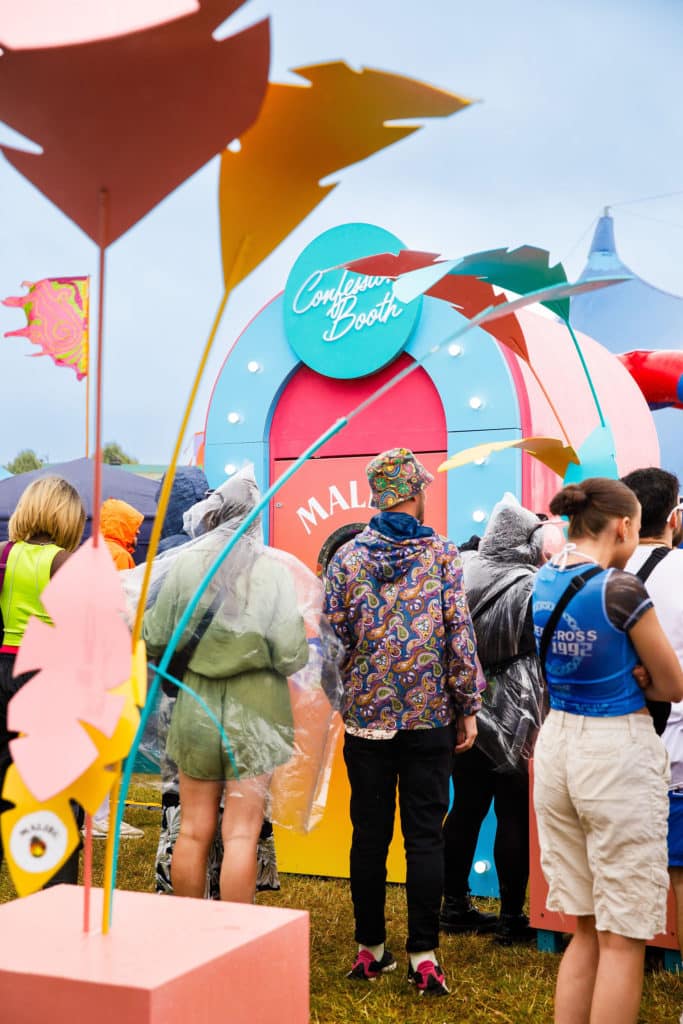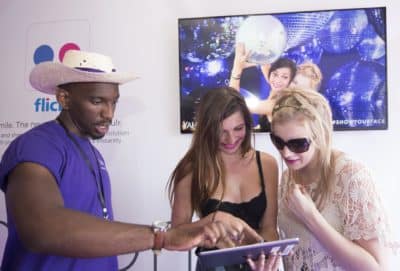Innovative ways to boost brand visibility in a crowded marketplace
March 2024

March 2024

Engaging multiple senses is the secret to incredible experiential marketing; multisensory experiences can increase brand engagement by 52%.
This is nothing new.
For decades, retailers have used retail atmospherics to create an environment that engages customer senses such as music, lighting, colours and displays, with the objective of making the customer feel joy and happiness, which ultimately results in a purchase. Marketers and brands can use these atmospherics on a larger scale to boost brand visibility through experiential strategies. Whether that’s through smell, taste (product sampling is a great option in the food industry), or visuals, a multi-sensory experience can help enhance the memory for the consumer, cementing that connection with your brand for longer.
Example: Jo Malone’s Fragrance Gallery
Jo Malone’s Fragrance Gallery offers a sensorial journey where consumers explore different scents in an art-gallery-like setting. This not only showcases the brand’s range but also creates a memorable and multisensory experience.
Strategic integration of artificial intelligence (AI) and holograms can elevate experiential campaigns. This approach fosters a sense of innovation and futurism, resonating with today’s tech-savvy consumers.
58% of consumers find AR experiences appealing. Customers become more engaged through immersive AR via their phones, web browsers, voice assistants etc. Nearly half of consumers believe immersive experiences will also impact product awareness and consideration, which proves that AI can make your brand stand out in a crowd. AI is fast becoming a new norm as part of our day-to-day, so why not embrace it as a part of your brand experience?
Example: Topshop’s AR Dressing Room
Topshop introduced AR dressing rooms that allowed customers to virtually try on outfits using a Kinect sensor. This tech-infused experience not only wowed customers but also contributed to increased footfall and social media buzz.


Guerilla marketing isn’t just about being unconventional; it’s about creating disruptions that linger in the minds of consumers. Guerilla marketing toys with the element of surprise in an everyday environment to engage customers and create a buzz. Creating media attention and coverage is the ultimate goal, as is achieving the biggest reach for your budget. Guerilla marketing campaigns generate a 30% higher response rate than traditional methods.
Example: Oreo Cookie Dunk
Oreo cleverly hijacked the Super Bowl’s blackout by tweeting a simple yet effective message: “You can still dunk in the dark.” This timely response captured the attention of millions
In the age of social media dominance, it’s important for us marketers to create experiences that are inherently shareable. 55% of consumers share their purchases on social media – this creates authentic user-generated content and helps to turn customers into brand ambassadors. With word of mouth and authenticity being top of consumers’ reasons for purchasing a particular brand and remaining a loyal customer, customers are the loudest advocates for a brand to be noticed.
Example: Malibu Confession Booth
In Purity’s Malibu Confession Booth, up to four friends had the chance to answer confessional questions, strike a pose for an epic photo, have a mini-disco, and receive a printed keepsake of their unforgettable experience. As a special touch, Purity created a personalised GIF capturing their best moments, ensuring a lasting memento of the experience. One that can be shared online.

In a world where personalisation is the norm, experiential marketing can allow you to take it a step further. Personalisation involves using data and insights to create targeted messaging or experiences for a specific individual or group of individuals. Executed well, it can enhance relationships with consumers, foster customer loyalty and increase sales. 80% of consumers are more likely to make a purchase when brands offer personalised experiences. Personalised marketing can help businesses stand out in a crowded marketplace by setting them apart from their competitors.
Example: Netflix Black Mirror Billboards
The opening episode of season 6 of the hugely popular Black Mirror, follows a woman named Joan who discovers her life has been adapted as a TV series. Fans were invited to make their own poster on the You Are Awful website. Netflix then featured pictures of lucky fans on billboards across the UK, including London.


We are living in the age of big data, so how you leverage consumer insights will become one of your most powerful tools. Brands can analyse data to identify emerging trends and tailor experiential campaigns accordingly. Real-time data can also be obtained during experiential events allowing brands to see the impact of their marketing spend. Data-driven marketing can increase ROI by 15–20%.
Example: Google’s Pop-Up Doughnut Shops
Google used data to identify popular searches related to desserts and then created pop-up doughnut shops featuring flavours based on search trends. This not only showcased Google’s search capabilities but also tapped into consumer preferences.
Experiential marketing extends beyond standalone events. It’s about crafting cohesive journeys that seamlessly integrate with consumers’ lives. Consider this: people are twice as likely to share video content with friends. This highlights the power of incorporating a digital element into your experiential strategy. A branded hashtag, for example, can spark conversation and encourage online sharing, amplifying the reach and impact of your campaign.
Example: Barbie The Movie
Last Summer you would have had to be living under a rock to not know the Barbie movie was coming out. From traditional billboards to immersive life-size doll boxes in cinemas, a Barbie selfie generator online, and the hashtag #BarbieTheMovie. This integrated campaign put customers in the experience and turned the world pink for a while.


Experiential marketing isn’t just a strategy; it’s a revolution that welcomes new-age trends and ways of thinking. It will be the innovation that propels brands from the sidelines to the spotlight, and as this post explores, there are so many ways in which you can leverage the innovation of experiential.
As an experiential marketing agency, our team at Purity won’t just help you navigate the crowded market – we will help you own it! So, if brand visibility and awareness are your goals, consider the immersive, the innovative, and the experiential – because in the noisy landscape of today, being seen is not just an art; it’s a science, and we’ve mastered it.
